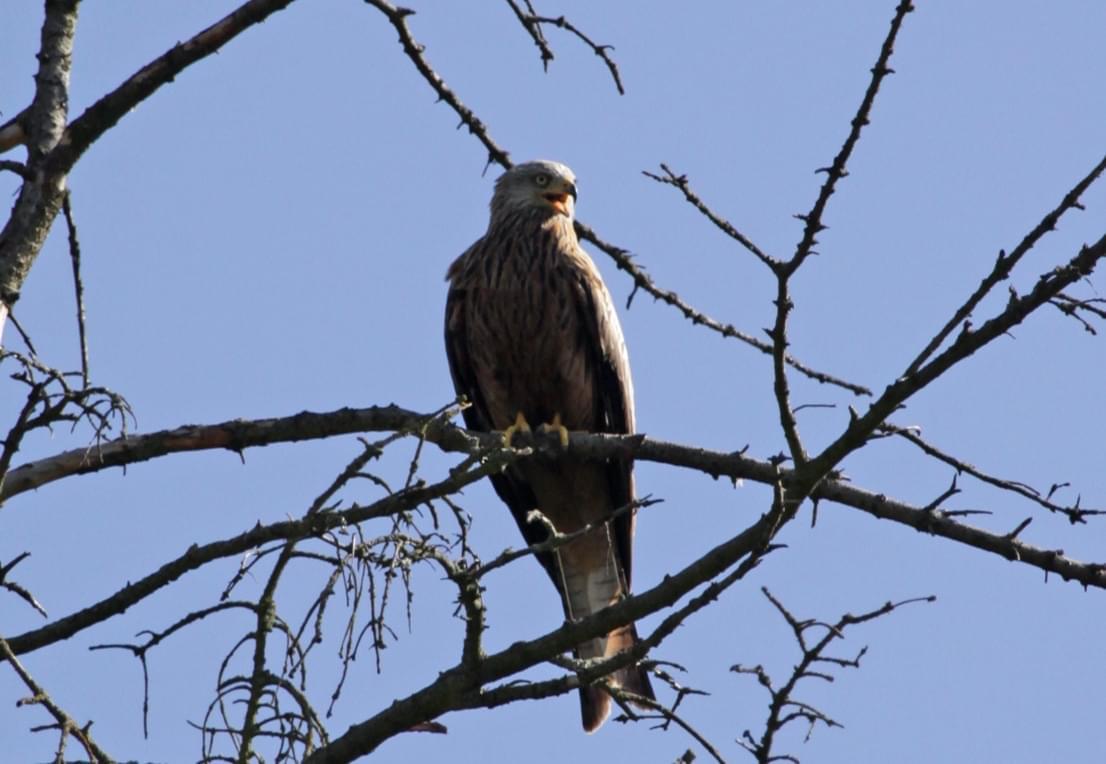The land adjoining the Thames at Culham and Fawley is of significant ecological importance and is being carefully managed under Natural England’s Stewardship Scheme.
This is a voluntary scheme which encourages environmental management on farmland – the ecological management of hedgerows and grassland.
Culden Faw Estate joined the scheme in early 2009 and in 2010 were invited to join the more rigorous Higher Level Stewardship scheme. The sites targeted for this more complex management are Temple Island Meadows at Fawley, a Site of Special Scientific Interest (SSSI), and the meadows at Culham. Although originally designated as an SSSI in 1989, the area had degenerated considerably until z in 2010. Ditches had become clogged with silt, reeds and rushes, choking the whole area and making it difficult for water to flow and plants to thrive. In the present-day projects, the ditches have been cleared and vegetation cut back.

All the willows growing along the ditches have been heavily pollarded to prevent them from affecting the water-flow. At Culham, the grassland at the water meadows is being improved, with creation of a number of scrapes for the birds and better fencing to manage the livestock, whose poaching of the ground is vital for helping to improve the growing conditions.
Subject to seasonal flooding and water-logging, these water meadows provide a very specific habitat for a diverse range of flora and fauna. Several species supported here are of local or even national importance, including the rare summer snowflake Leucojum aestivum, known locally as the Loddon Lily, also the Ragged Robin which reappeared in abundance in 2011 and various insect and bird populations.
“Breeding waterfowl such as the mallard, tufted duck, little grebe, moorhen and coot, are attracted by the high water levels.”
The majority of the woods are designated as ancient woodland and are rightly managed to protect and enhance any native features. Surveys carried out in 2009 by Chilterns Archaeology proved that there’s history in these woods, highlighting features like old hollow ways and wood banks that demarked ownership.

Breeding waterfowl such as the mallard, tufted duck, little grebe, moorhen and coot, are attracted by the high water levels. Of special importance are breeding snipe, a species which has been declining in Buckinghamshire due to the draining of wet meadows along the river valleys. Significant numbers of snipe have been seen on the meadows at Culham. Because of widespread drainage and agricultural improvement, few sites such as these are now known to exist in Buckinghamshire, Berkshire or Oxfordshire, so conserving and managing the meadows is a significant project and these special sites are now flourishing.
Barn Owl Conservation at Culden Faw

The extensive areas of rough grassland at Culden Faw provide the perfect habitat for field voles (Microtus agrestis), which in turn make up the favourite prey of the Barn Owl. However, Barn Owls additionally need to have suitable nest sites for breeding.
So a project was launched with the help of the Bisham Barn Owl Group to establish a network of Barn Owl boxes across the Estate. The project forms part of a licensed British Trust for Ornithology programme to monitor Barn Owl breeding, juvenile dispersal, and adult longevity.
In 2015, two of the boxes were used by nesting Barn Owls, another box housed a non-breeding female, and a further pair was discovered using a natural tree hole. Over time it is hoped that the Culden Faw Barn Owl population will expand to help re-populate the neighbouring area.



